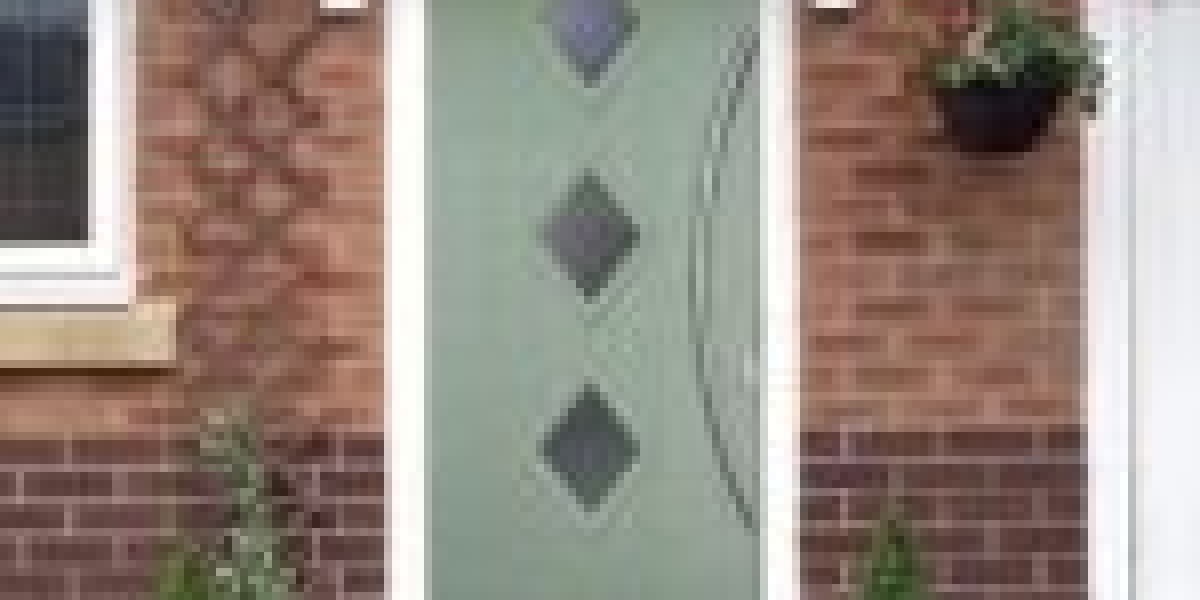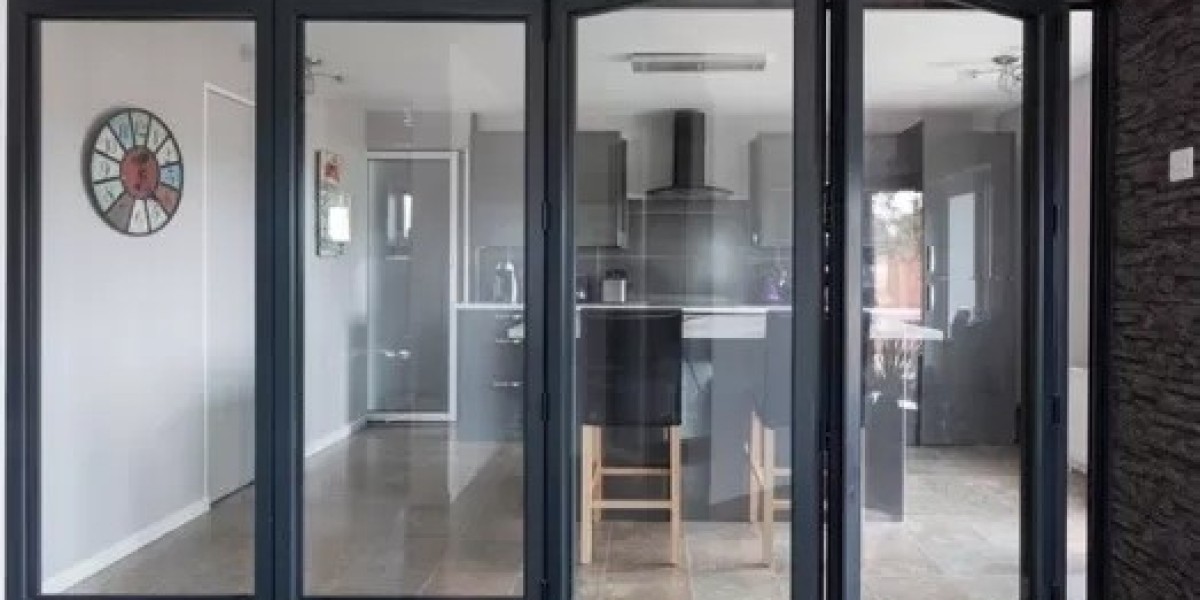Understanding Damaged Composite Doors: Causes, Repairs, and Maintenance
Composite doors are growing significantly popular throughout homes and industrial properties, thanks to their aesthetic appeal, sturdiness, and energy performance. Nevertheless, like any entryway feature subjected to the components and day-to-day use, they can sustain damage gradually. Understanding the reasons for damage, the types of repairs available, and how to maintain these doors can extend their life expectancy and guarantee they perform optimally.
What Is a Composite Door?
A composite door is built from a mixture of materials that combine the advantages of each to develop a robust and attractive entrance service. Usually, these doors include:
- A strong core: This core is frequently made from a material like wood or foam, supplying strength and insulation.
- Glass-reinforced plastic (GRP): The exterior is typically covered with a strong layer of GRP, which offers strength and weather resistance.
- PVC and other products: Some composite doors also include layers of PVC or other synthetic materials for added durability.
This structure suggests that composite front door repair doors do not warp, crack, or swell like traditional wood doors, but they can still struggle with a series of damage.
Typical Causes of Damage
While Composite Door Repair FAQ doors are created to stand up to a variety of hazards, numerous aspects can result in damage over time:
Weather Conditions: composite door repair process doors are usually weather-resistant, but intense wind, rain, or sunlight can cause fading, discoloration, and even surface area wear.
Impact Damage: Accidental bumps from bicycles, furniture, and even pets can develop dents or scratches on the surface of a composite door.
Inappropriate Installation: If a composite door is not installed correctly, it may not line up correctly within the frame, resulting in tension that can trigger warping or other types of damage.
Use and Tear: Frequent use, such as daily opening and closing, can cause endure hinges or locking mechanisms, which can eventually impact the general stability of the door.
Pest Infestation: In some cases, insects can damage the door's frame or core structure, especially if the door is not sufficiently sealed.
Signs of Damage
Being vigilant can help house owners recognize early indications of damage. Common indications consist of:
- Fading or peeling paint or finish.
- Contorting or misalignment (difficulty in opening or closing).
- Noticeable scratches, dents, or chips in the surface area.
- Fractures in the case or core.
- The existence of water or moisture ingress.
Repairing a Damaged Composite Door
Resolving damage to a composite door can often be achieved through the following methods:
Minor Scuffs and Scratches
For superficial scuffs or scratches, house owners can think about the following actions:
- Clean the Area: Start by cleaning up the damaged location with a moderate detergent and water.
- Colour Matching: Use a color-matched wood filler or touch-up paint to complete minor scratches.
- Sanding: For deeper scratches, light sanding followed by repainting might be required.
Dent Repair
For more noticable dents, the following technique can be utilized:
Heat Application: Carefully using heat (like from a hairdryer) may assist to broaden the surface area and permit it to go back to its initial shape.
Filling: For persistent dents, a filler that matches the door's color can be used, sanded smooth, and painted over.
Replacement Parts
If the damage involves hinges or locks:
Hinge Replacement: Ensure the door operates smoothly by replacing any damaged hinges.
Lock Replacement: If the locking system is compromised, replacing it is essential for security.
Water Damage
If water ingress has happened:
Dry Thoroughly: Remove any excess wetness.
Sealant Application: Apply a waterproof sealant to the impacted areas to prevent additional damage.
In serious cases, it might be necessary to talk to a professional to replace the door or considerable parts of it.
Regular Maintenance Tips
To extend the life-span of composite doors and avoid damage, regular maintenance is important:
Routine Cleaning: Regularly clean the door utilizing moderate soap and water. Avoid abrasive cleaners that may scratch the surface.
Inspect Seals and Defects: Inspect seals routinely for signs of destruction and replace any used parts.
Lube Hardware: Apply lubricant to hinges and locks to ensure smooth operation and prevent concerns connected to rust or deterioration.
Avoid Excessive Force: Use the door gently to prevent unnecessary pressure on the frame and hinges.
FAQs About Damaged Composite Doors
Q1: Can a composite door be repaired if it has water damage?
Yes, small water damage can often be addressed with drying methods and the application of sealants. However, extensive damage may need replacement to make sure structural stability.
Q2: How frequently should a composite door be maintained?
Regular maintenance ought to happen a minimum of two times a year. Routine assessments allow property owners to address minor issues before they intensify into considerable issues.
Q3: Is it pricey to repair a damaged composite door?
Repair expenses differ based upon the extent of the damage. Minor repairs might just need affordable products, while significant problems might require professional services or door replacement.
Q4: Are cracked composite doors still safe?
A broken composite door might not use the level of security that is necessary. It's advisable to repair or replace damaged doors to ensure safety and thermal effectiveness.
Q5: How can I prevent my composite door from getting damaged?
Preventative procedures consist of regular cleaning, applying sealant to susceptible areas, and being conscious of impact and use from daily usage.
By staying informed about the potential concerns related to composite door frame repair doors and taking proactive measures, residential or commercial property owners can delight in the lasting advantages these doors offer while decreasing the requirement for repairs.









